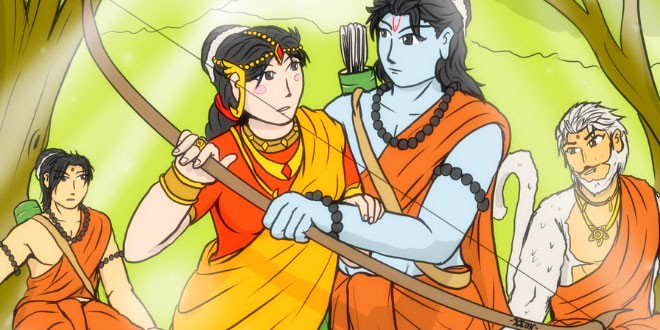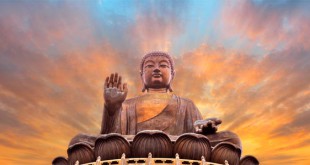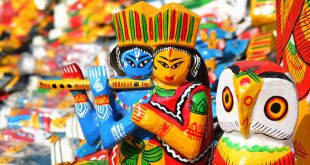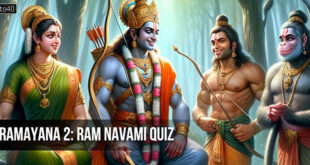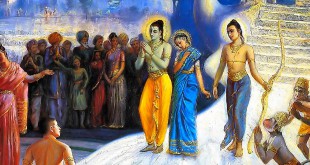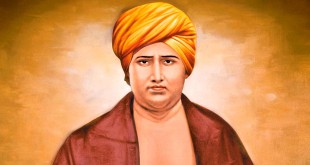Quiz: Rama & Ramayana Quiz
Each question is followed by some possible answers. Select the one that you think is the correct answer.
- Question 1 of 20
1.
Who is the author of Ramayana?
Correct!
Wrong! Correct answer is “Sage Valmiki”.
- Question 2 of 20
2.
Who is the father of Lord Ram?
Correct!
Wrong! Correct answer is “Dasharath”.
- Question 3 of 20
3.
Who is the mother of Lord Ram?
Correct!
Wrong! Correct answer is “Kausalya”.
- Question 4 of 20
4.
Which yagna did King Dasharatha perform to beget children?
Correct!
Wrong! Correct answer is “Putrakaamesti”.
- Question 5 of 20
5.
Which Vamsha or lineage did Lord Ram belong to?
Correct!
Wrong! Correct answer is “Surya Vamsha”.
- Question 6 of 20
6.
What is the nakshatra in which Sri Ramachandra was born?
Correct!
Wrong! Correct answer is “Punarvasu”.
- Question 7 of 20
7.
Whose incarnation or avatar is Lord Ram?
Correct!
Wrong! “Vishnu” is the correct answer.
- Question 8 of 20
8.
Who is the guru of Lord Ram?
Correct!
Wrong! Correct answer is “Sage Vasishta”.
- Question 9 of 20
9.
Who was the first demon that Lord Ram killed?
Correct!
Wrong! Correct answer is “Tataka”.
- Question 10 of 20
10.
Where did Lord Ram meet Mata Sita first?
Correct!
Wrong! Correct answer is “Mithila”.
- Question 11 of 20
11.
What did Lord Ram lift and break to win Sita in marriage?
Correct!
Wrong! “Bow of Shiva” is the correct answer.
- Question 12 of 20
12.
Who is the father-in-law of Lord Ram?
Correct!
Wrong! “Janaka” is the correct answer.
- Question 13 of 20
13.
Who wanted to sent Lord Ram on Exile?
Correct!
Wrong! Correct answer is “Kaikeyi”.
- Question 14 of 20
14.
For how many years did Lord Ram go on exile?
Correct!
Wrong! Correct answer is “14” years.
- Question 15 of 20
15.
Who came in the guise of a golden deer to the Ashrama of Rama?
Correct!
Wrong! Correct answer is “Maricha”.
- Question 16 of 20
16.
The name of the bird that tried to stop Ravana who was Kidnapping Sita.
Correct!
Wrong! Correct answer is “Jatayu”.
- Question 17 of 20
17.
In what guise did Hanuman first meet Lord Ram?
Correct!
Wrong! Correct answer is “Brahmachari”.
- Question 18 of 20
18.
In which part of Lanka did Hanuman find Mata Sita?
Correct!
Incorrect! Correct answer is “Asohaka Vana”.
- Question 19 of 20
19.
Which brother of Ravana joined and helped Lord Ram?
Correct!
Incorrect! Correct answer is “Vibhishana”.
- Question 20 of 20
20.
With which arrow did Lord Ram kill Ravana?
Correct!
Wrong! Correct answer is “Brahmastra”.
Your Score:
Your Ranking:
Rama, one of the most widely worshiped Hindu deities, the embodiment of chivalry and virtue. Although there are three Ramas mentioned in Indian tradition – Parashurama, Balarama, and Ramachandra—the name is specifically associated with Ramachandra, the seventh incarnation (avatar) of Vishnu. His story is told briefly in the Mahabharata (“Great Epic of the Bharata Dynasty”) and at great length in the Ramayana (“Rama’s Journey”).
References to Rama as an incarnation of Vishnu appear in the early centuries CE. There was, however, probably no special worship of him before the 11th century, and it was not until the 14th and 15th centuries that distinct sects appeared venerating him as the supreme god (notably that of the followers of the Brahman Ramananda). Rama’s popularity was increased greatly by the retelling of the Sanskrit epics in the vernaculars, such as Tulsidas’s celebrated Hindi version, the Ramcharitmanas (“Sacred Lake of the Acts of Rama”), and the Tamil Ramayana by Kampan as well as innumerable oral variants and dance dramas.
Rama and Krishna (also an incarnation of Vishnu) were the two most-popular recipients of adoration from the bhakti (devotional) groups that swept the country during that time. Whereas Krishna is adored for his mischievous pranks and amorous dalliances, Rama is conceived as a model of reason, right action, and desirable virtues. Temples to Rama faced by shrines to his monkey devotee Hanuman are widespread throughout India. Rama’s name is a popular form of greeting among friends (“Ram! Ram!”), and Rama is the deity most invoked at death.
 Kids Portal For Parents India Kids Network
Kids Portal For Parents India Kids Network
